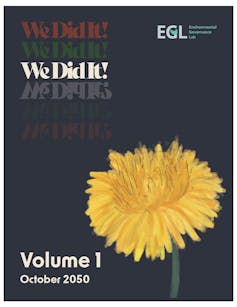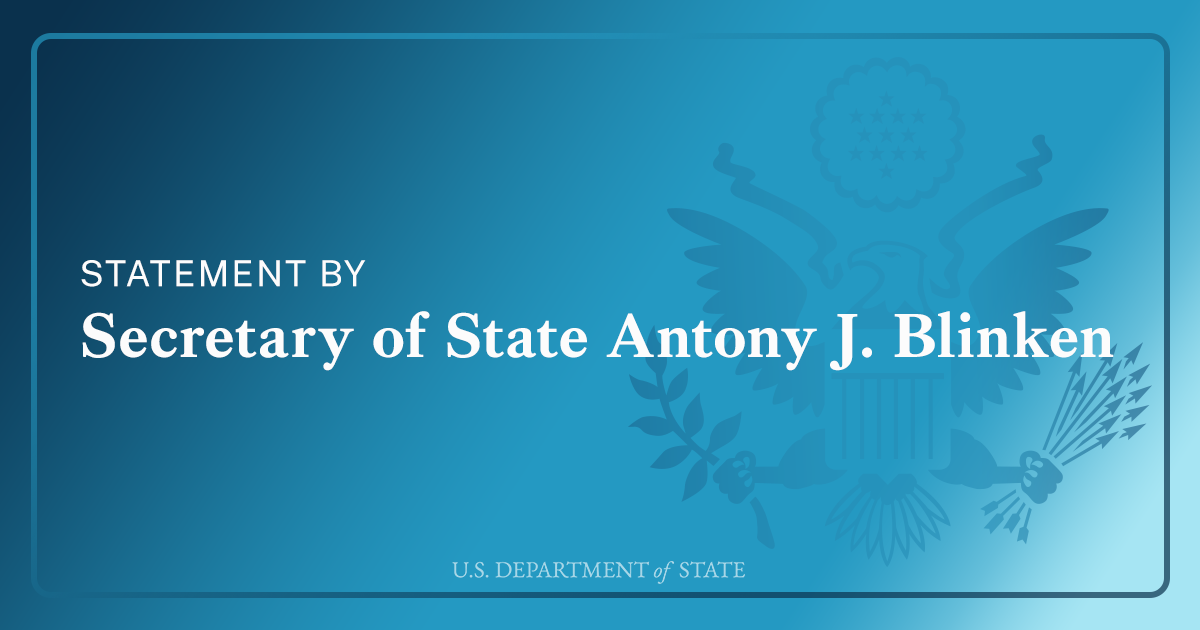It has been a year of devastating climate impacts with humanity around the world experiencing a bitter taste of what climate scientists have been warning about for years. The dire prospect is that we are on the precipice of a “new abnormal.”
Observers of climate change, and its victims, are desperate for action while the manifold political and economic obstacles remain tough to overcome. However, what is even more evident is that we lack a clear vision of our future to guide our pursuit of climate action.
To be clear, it is not for lack of goals.
Net Zero by 2050. 1.5 C above pre-industrial levels. A 40 per cent reduction of 2005 greenhouse gas emissions by 2030. These are all admirable goals, but they are not visions that can help people to see, feel and understand where we are going.
Canadians and people around the world need stories that can help make those visions real. Stories that can help build the national conversation we need about the massive transformations on the horizon.
The power of story
Social science and humanities research is exploring the role of stories and imagination in pursuing climate action and increasingly concluding that they are crucial.
Indeed, one study found: “Transformations require the capacity to collectively envision and meaningfully debate realistic and desirable futures. Without such a collective imagination capacity and active deliberation processes, societies lack both the motivation for change and guidance for decision-making in a certain direction of change.”
Creative writers have been responding to this need for vision through stories. The climate fiction genre, both utopian and dystopian is now too broad and diverse to briefly review with novels, short stories and literary contests.
THE CANADIAN PRESS/Jeff McIntosh
Some works, such as Kim Stanley Robinson’s novel Ministry for the Future, have even found themselves in mainstream conversations — endorsed by prominent figures like Barack Obama — while climate change is also increasingly a motif in novels that are not necessarily about climate change.
Scholars are keenly aware of this trend and have been studying its impacts and contributing stories themselves.
A project at Lund University in Sweden developed a Museum of Carbon Ruins, projecting forward to a post-carbon future and envisioning how we will look back upon our world today, while Cree scholar Sandra Lamouche’s research explores how Indigenous storytelling can inform climate policy and action.
Storytelling allows elders to transfer values and meaning to younger generations
Stories matter for shaping how we think about the future and what we do in the present. They can make the future tangible and the process of getting from now to then visible. They can serve as warnings and signposts and can make the abstract concrete. As Alexandra Nikoleris, Johannes Stripple, and Paul Tenngart argue in a recent piece comparing climate fiction and scientific reports on climate futures, “Through identification with the protagonists in literary fiction, climate futures become close and personal rather than distant and abstract.”
The role of story in action
At present, Canada has a legislated goal of achieving net zero by 2050. Policies are being made and billions are being spent and pledged. This is a good thing. Canada desperately needs to move quickly in its pursuit of climate action. To help governments and Canadians consider what this means for them, there are think tank reports, an advisory body, and many opinion pieces that fall along predictable partisan lines.
What is missing are stories. Stories of how we might get there. Stories of what might go wrong along the way. Stories of what net zero looks like. Stories of what might still need doing once we are there. Stories that help people to connect policy decisions and socio-technical changes to their lives now and as Canada moves through the transition to net zero.

THE CANADIAN PRESS/Sean Kilpatrick
At the Environmental Governance Lab at the University of Toronto, we are contributing to filling this gap with the first volume of a speculative fiction magazine set in an imagined 2050 in a Canada that has achieved its net-zero goal, We Did It!?. Produced through a series of workshops with writers, social scientists and technical experts, the stories consider different aspects of how Canada got to net zero, what life looks like, and the work still left to be done to create a just and equitable low-carbon society.
Forget net-zero: to halt global heating, aim for net-negative
Through profiles and human interest stories, poetry, a movie review job ad and more, the stories in the magazine explore the tensions, obstacles and opportunities found in the pursuit of net zero. Some are stories of what goes wrong. Others explore what the good life in 2050 might look like.
Taken together they personalize the policies and technical shifts that are all too often remote and removed. They make concrete the social, political and economic dynamics that are all too often abstract. The goal is to spark the imagination and conversation about what climate action can and will mean for Canadians.
An ongoing discourse
This is the first volume of what will hopefully be many. We plan to explore additional aspects of Canada’s net-zero journey and bring the process of future history storytelling to multiple audiences and story producers, including secondary students interested in climate change.
How students can use storytelling to bring the dangers of climate change to life

(Matthew Hoffman), Author provided (no reuse)
Stories are not just visions or flights of imagination. They can reflect our understandings, help us think through choices and see possibilities for action, contingencies and consequences. They add colour to technical analyses that are often lacking human stories, and frequently ignore the perspectives and understandings of people who live in the world of those policies and consequences.
They can shift our perspective on what is possible, provide a channel for hearing new voices and force us to reflect on our hopes or fears. If we are going to change the story of climate destruction and despair that we read everyday, we need more stories to help us understand and contemplate where we are going and how we get there.
After all, as Robinson reminds us, “We decide what to do based on the stories we tell ourselves.”



